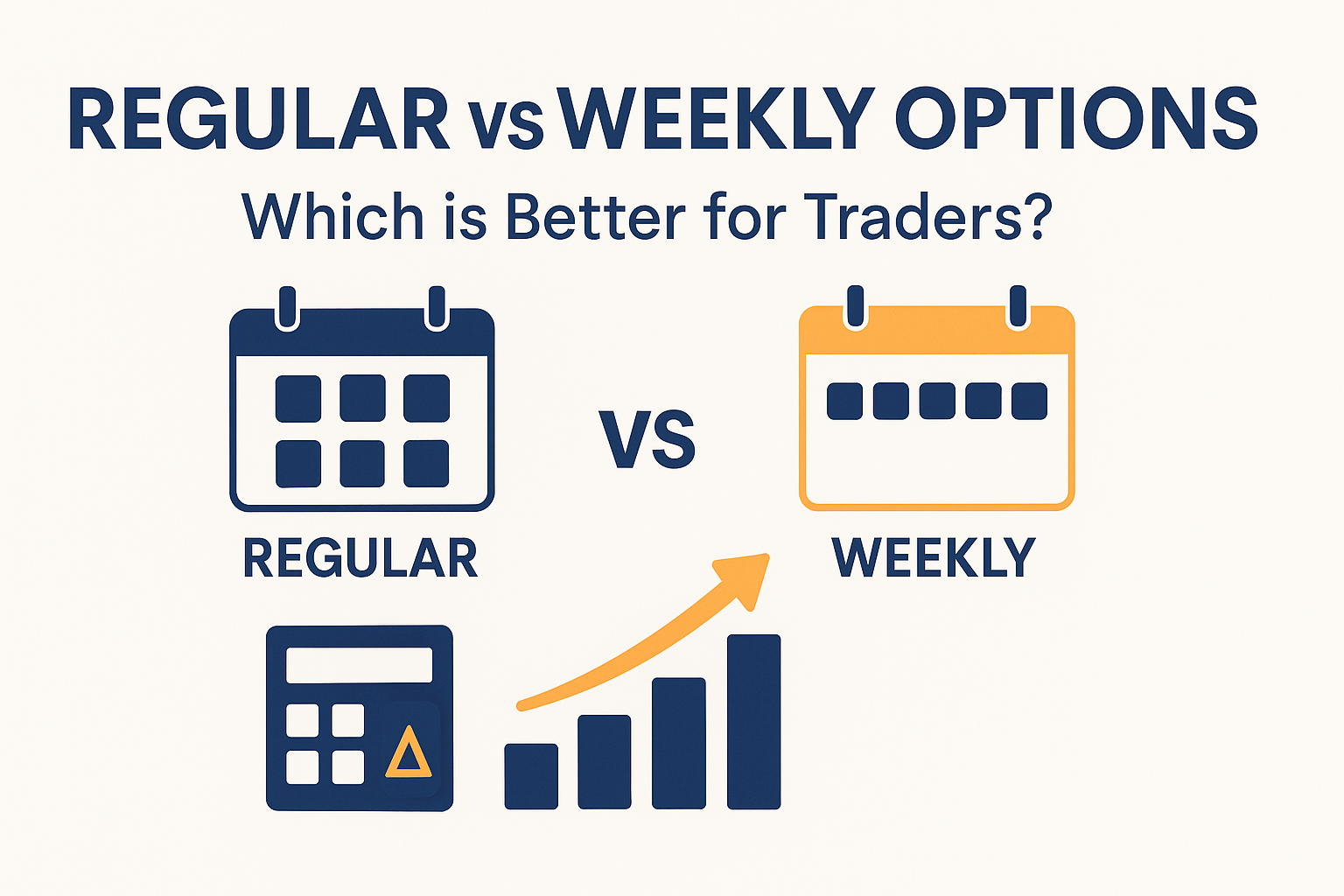Mastering Option Selling Trade Adjustments: Advanced Strategies for Higher Profits
“It’s not the strategy you start with, it’s how you adapt that makes you profitable.”
When it comes to option selling, mastering Option Selling Trade Adjustments is a must-have skill. Even well-researched trades can turn against you and without proper adjustments, a single bad trade can wipe out your profits. In this guide, we’ll explore how Option Selling Trade Adjustments can help you reduce risk, preserve capital and boost your overall performance.
Why Option Selling Trade Adjustments Matter
As an option seller, you benefit from time decay (theta) but that advantage can vanish in a volatile market. Smart Option Selling Trade Adjustments ensure that you stay in control even when the market moves unpredictably.
Benefits of making trade adjustments:
- Reduces risk in unfavourable trades
- Helps protect or lock in profits
- Increases the chances of a trade finishing in the money
- Maintains capital efficiency for long-term sustainability
When to Consider Trade Adjustments
- Underlying Moves Against You
Example: You sold a call option and the underlying asset rallies sharply. Your position is now at risk and a timely Option Selling Trade Adjustment can help. - Volatility Spike
A sudden rise in implied volatility can hurt your position even if the market doesn’t move much. An adjustment can reduce exposure. - Theta Decay Not Helping
If time decay isn’t working as expected due to low volatility or poor directional bias, adjusting your trade is essential.
Pro-Level Option Selling Trade Adjustments
Let’s explore some powerful techniques that successful traders use regularly:
1. Rolling the Position
Rolling involves closing your current option position and reopening it at a different strike price or expiry.
Example: You sold Nifty 22500 CE for the current week. If Nifty moves close to 22450, roll it to next week’s 22700 CE.
Why this works: This Option Selling Trade Adjustment gives the trade more breathing space and increases your chance of profitability.
2. Converting Naked into Spreads
If you’re holding a naked option position, you can add the opposite leg to form a spread, such as a Bear Call or Bull Put Spread.
Example: You sold 48000 CE in Bank Nifty. If the price approaches this level, buy 48200 CE. Now it’s a Bear Call Spread.
Benefit: This Option Selling Trade Adjustment limits your loss and improves your margin usage.
Explore more strategies on The Silent Trader
3. Shifting Strikes Up or Down
Move your short strike price further away from the spot as the market moves.
Example: You sold 22500 PE. Market is falling fast. Shift it down to 22300 PE to reduce delta and risk.
Why this helps: It modifies your risk-reward while keeping the trade active.
4. Creating Iron Condors or Iron Flies
If your original trade is still valid but the market is staying range-bound, adding an opposite spread creates an Iron Condor or Iron Fly.
Use case: If you sold a Bear Call Spread and market isn’t trending, add a Bull Put Spread to convert into an Iron Condor.
Benefit: This Option Selling Trade Adjustment allows you to profit from theta decay on both sides.
Top 3 Option Selling Strategies
5. Partial Exit or Booking Profits
You don’t have to adjust the full position. If one side has hit 80–90% of the target, exit that leg.
Example: You sold both call and put and put side premium has crashed. Book it and let the call run.
Why this matters: This keeps capital flexible and reduces risk on the table — a great Option Selling Trade Adjustment tactic.
6. Hedging with Futures or Long Options
Protecting your sold options by buying a long option or futures contract is an effective hedge.
Example: If your PE is at risk in a falling market, buy an ATM Put or short a Futures contract.
Benefit: Acts as insurance, preventing large drawdowns — an essential Option Selling Trade Adjustment technique.
📌 Best Practices for Option Selling Trade Adjustments
- Track Greeks like Delta and Vega: Know how your position reacts.
- Use Alerts: Automate alerts for price breaches, don’t wait till it’s too late.
- Have Pre-defined Rules: Set guidelines like adjusting after 1.5x move against short strike.
- Don’t Chase Recovery Trades: Adjusting isn’t about revenge; it’s about reducing damage.
❌ Mistakes to Avoid in Trade Adjustments
- Delaying the adjustment too long
- Over-adjusting out of fear
- Always converting into spreads without evaluating need
- Ignoring post-adjustment margin requirements
✅ Conclusion
Option Selling Trade Adjustments aren’t just advanced strategies — they’re survival tools for long-term success. Traders who master these adjustments create consistent income, avoid big losses and grow with confidence.
“Trade adjustments are like insurance — you hope not to need them but you’ll be glad they’re there when things go wrong.”






